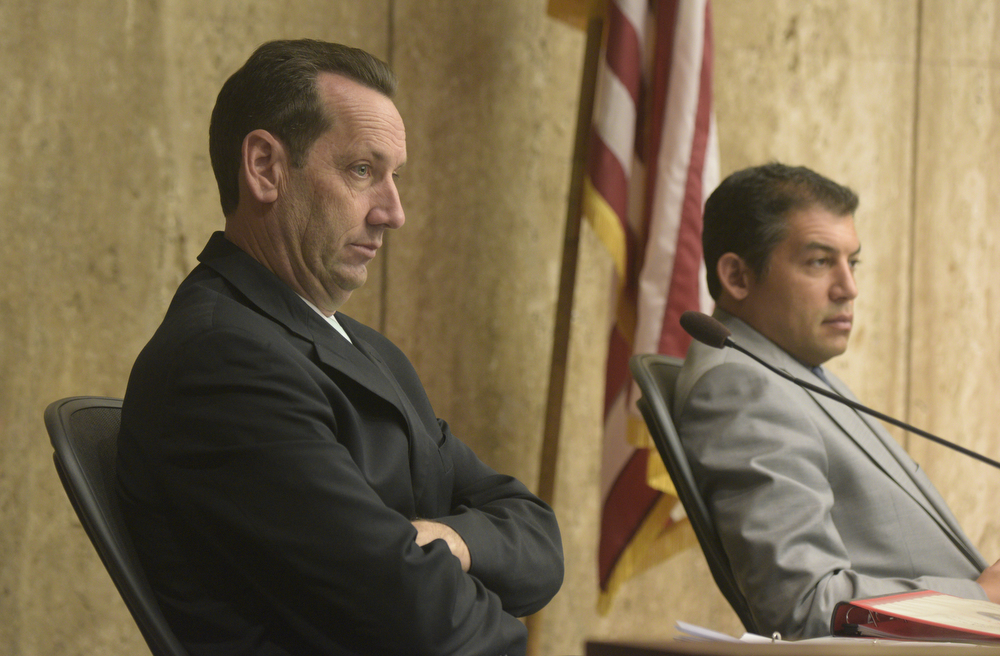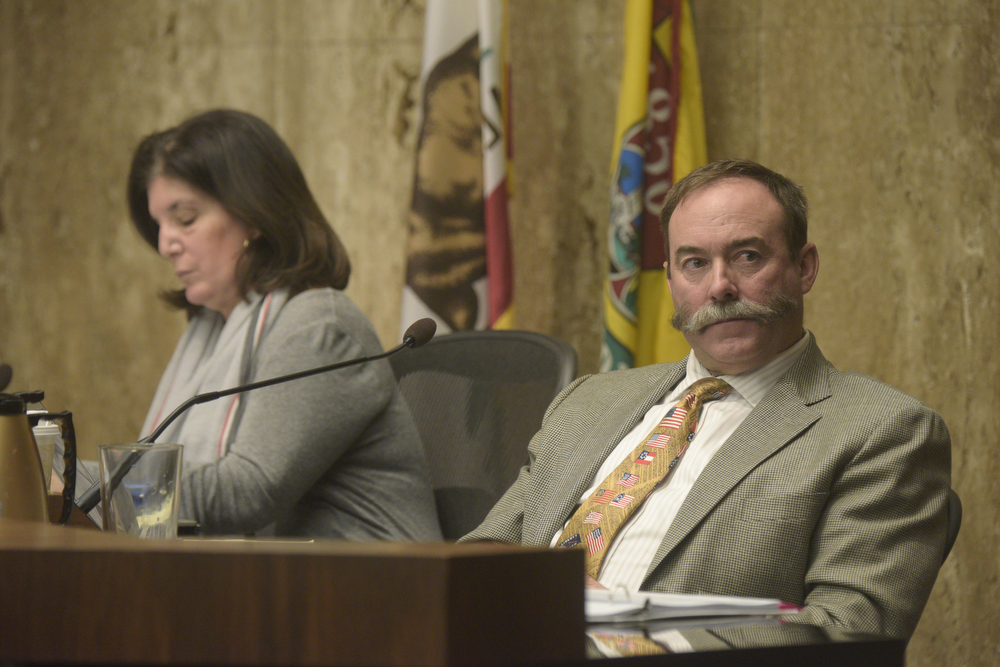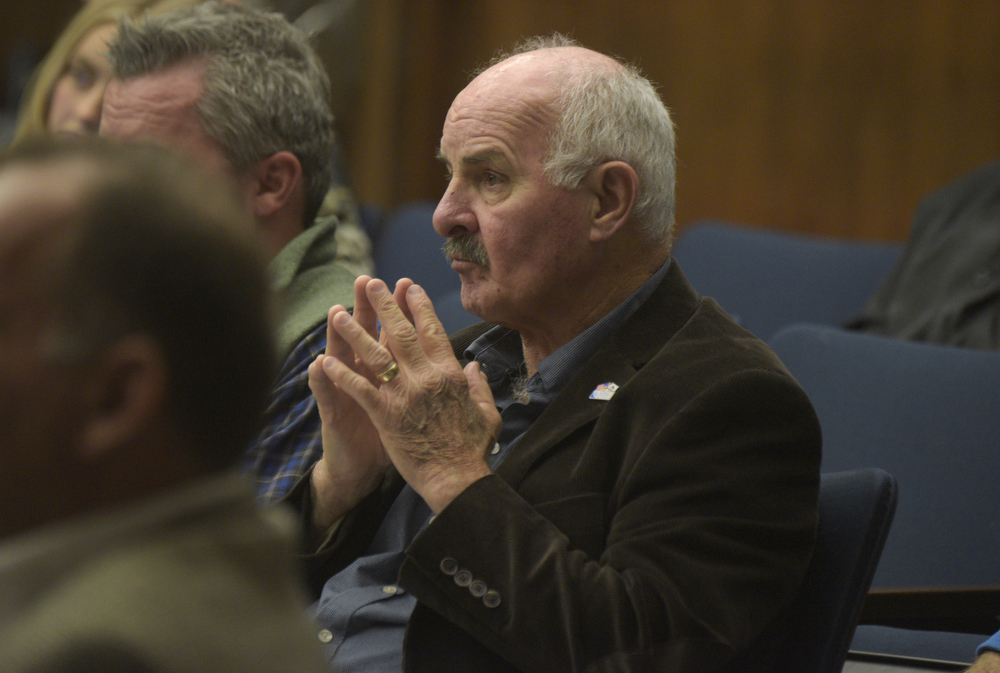Santa Barbara Allowing Cannabis Businesses to Remain Open Under New State Laws
Regulations Go into Effect January 1

Two weeks before the state’s recreational cannabis sales laws are scheduled to go into effect on January 1, the Santa Barbara County supervisors are scrambling to pass their own regulations. The board voted 4-1 Thursday to draft letters of authorization so cannabis operators can remain legally open under the new state laws.
The process has been entirely unprecedented and extremely convoluted. Lawmakers in cities and counties throughout California have been tasked with creating ordinances so cannabis businesses that have operated in the shadows can thrive. At the same time, state and local government entities want to collect as much tax revenue as possible from all parts of the cannabis industry, from cultivation to retail.
The conflict between regulating and taxing an industry that the county hopes will be successful came to head on Thursday on the 4th floor of the county administration building, where cannabis operators and annoyed neighbors packed the pews for the most recent of numerous public hearings held this year. For the first time, they publicly discussed the tax rate and drafted the letter of authorization.
Emotions ran high during the seven-hour meeting. The air scrubbers humming in the back of the room served as an unfortunate reminder of the Thomas Fire raging the Santa Barbara’s backyard.
But the county supervisors did make some progress. At the tail end of the meeting, they collectively rewrote the letter of authorization that was projected on the screen. They added ideas from Peter Candy of Hollister & Brace, who represents the Santa Barbara County Cannabis Business Council.

Under county code, medical marijuana operations that opened before January 2016 are permissible. Cannabis operators lobbied the county supervisors to create a way to keep them open when the new state laws come into effect in 2018. “We produce a living product,” said one cannabis grower, adding he would have to lay off 60 employees had the supervisors not approved the letters of authorization.
County officials do not have records of which businesses are actually permissible, and adequate enforcement teams have not been funded. County planners have responded to 40 complaints filed by frustrated neighbors. They cited 29 cannabis businesses that were clearly not in compliance with medical marijuana rules. County supervisor Das Williams has likened that effort to county inspectors going after illegal garages. That, however, is expected to change when the county hires 20 employees from departments including sheriff, planning, agriculture commission, fire, and the treasure tax collector.
“I was really excited to see the very beefy enforcement team we are putting together,” said county supervisor Steve Lavagnino, who worked with Williams on pieces of the draft ordinance. “It was more than what I anticipated.” County supervisor Janet Wolf called for more enforcement, including for additional substance abuse treatment programs. Alice Gleghorn, head of the county’s Behavior Wellness department, noted most treatment programs are federally funded.
The county plans to beef up its enforcement teams to target the black market of marijuana, whether or not they ultimately decide to permit recreational cannabis, Williams said. “For Carpinteria, we want more enforcement — both neighborhood folks and the ones who purport to be reputable growers. We aren’t going to see it until there is the revenue to pay for it.”

According to the county’s consultanting firm, HdL, other counties are planning to spend $3.1 million to permit and enforce about 160 cannabis businesses. The county’s self-reported registry indicates Santa Barbara operators will apply for anywhere from 160 to 650 licenses. Fees paid for by the applicants will only make up a fraction of enforcement costs.
Exactly how much money the county will have to work with remains to be seen. It depends largely on the tax rate voters must approve next year and on the market price of cannabis. As more operators rush to get into the cannabis industry, the price is expected to drop drastically — from its current value of roughly $1,200 per pound to as low $500.
That conversation began in earnest on Thursday. Dozens of cannabis businesspeople urged the county supervisors to set the tax rates low enough so as to not choke businesses in this new environment. Their pleas were somewhat dismissed and at one point openly laughed at.
“My job is not to make sure all of these cannabis businesses survive,” Williams told the audience of cannabis growers and manufacturers. “Some of you are going to go out of business. It’s not our fault that the market price is dropping like a stone. We cannot do something as laughable as a 1 percent tax. The city has a 20 percent. The state has [somewhere from 20 percent to 40 percent].”
County supervisor Peter Adam noted that the cannabis industry would soon realize what the business community knows well: it’s tough to do business in Santa Barbara County.
The discussion about taxes will return to the Board of Supervisors in early January.


